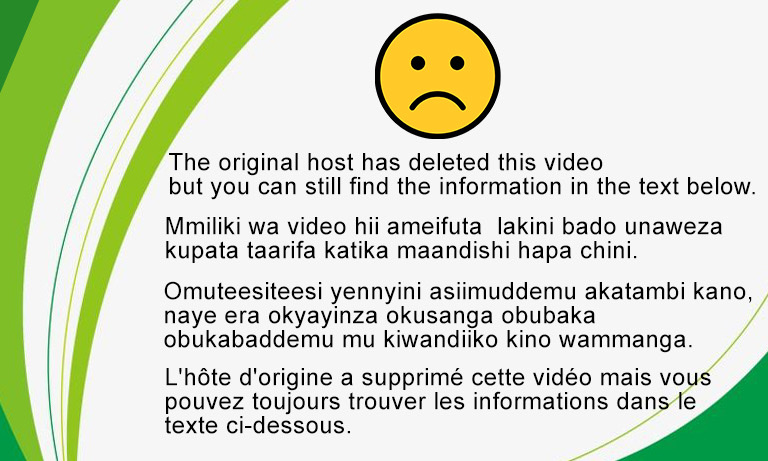Fish preservation is the keeping of fish after harvesting it from the water in conditions that keep it fit for human consumption and this can usually go on for a few months. Fish gets spoilt if not preserved well.
Preservation methods
Chilling. This involves exposure of fish to a low-temperature environment which prevents bacteria action. The temperature for chilling is between 7 degrees and -4 degrees. This method cools down the temperature of the fish which enables the fish to stabilize and also reduces the effect of heat and microbiological activities.
Freezing is the process of keeping fish in a chamber where a cool temperature is applied and ice is formed over the fish. The freezing temperature is below -18 degrees. This involves the use of a refrigerator or deep freezer.
Freeze drying; This is used on fish of high market value and involves the use of a cool freeze-drying machine.
Salting. Salt coagulates the proteins within the tissue which makes the enzymes inactive. Salt also absorbs moisture from the tissues and reduces spoilage.
Salting can be dry salting which involves rubbing the fish with dry salt powder and then arranged in a big container or tank by arranging alternate layers of salt powder and, additional salt sprinkled onto them.
After a few days, brine which is a liquid containing the body fluid of fish is formed. The fish are then removed and washed in their own brine, and then hang to dry for 2 to 3 days.
Wet salting is a cheaper method and requires less salt. Scales of the fish should be removed and the fish are coated with salt. Salt can also be packed inside the abdominal cavity after removing the internal organs.
Other methods
Smoking. This involves the removal of moisture from the tissues of the fish and leads to a change in protein level and sensory features such as the color and flavor of the fish.
Hot smoking involves using of high temperature of about 80 degrees which reduces microbial activity and during this, soaking the fish in a salt solution is carried out to ensure penetration of at least 2% salt into the flesh of the fish.
Cold smoking involves a thermal process and the entire process is carried out below 30 degrees.
Drying. This involves the removal of moisture from the tissue and prevents the growth of bacteria and involves the use of the sun to dry the fish.
Canning. This involves putting fish in containers that are airtight sealed and subjected to heat. Canned fish is cooked already but this increases the shelf life to between 1 to 5 years.



















